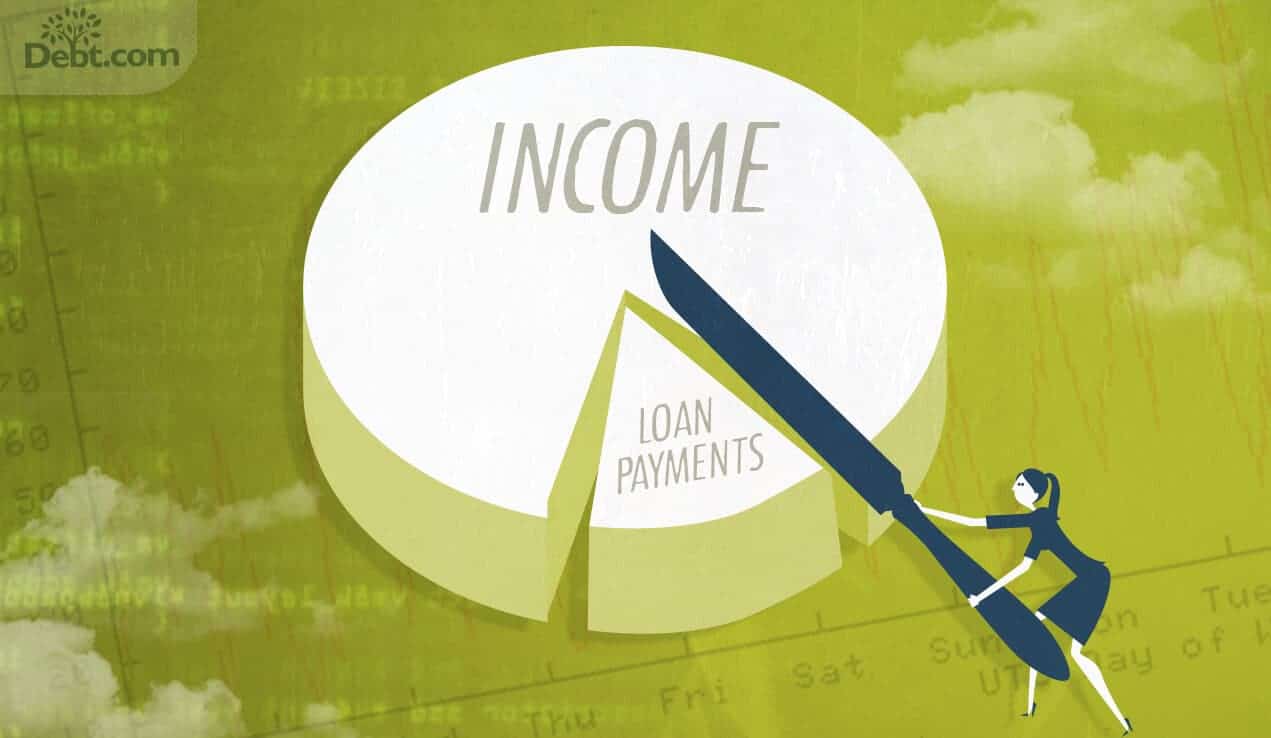Biden’s student loan forgiveness plan was struck down. Federal student loan payments are resuming October 2023.
Learn about important latest measures from the U.S. Department of Education to help borrowers as interest accrual and monthly student loan payments are set to resume.
Read the updates »
Make your student loan payments match your income.
In an ideal world, once you get your education, you get a job that’s good enough to pay back the loans you took out to advance your career.
Of course, the world isn’t perfect. Sometimes you don’t find the job you want at the salary you deserve immediately. In other cases (because the world really isn’t perfect) you intentionally take a pay cut to give back to others in need.
This is where income-based repayment programs come in handy.
What’s different about income based repayment?
Traditional consolidation programs like the standard and graduated programs roll all of your student loans together so you can make one easy payment instead of several. It’s easier to manage.
But they kind of presuppose that you’re doing well – that you have a good job now thanks to your education so you can pay back your loans. In fact, the graduated plan even assumes you’ll get raises and promotions, too!
So what do you do if you’re making less than what you should be because you went for the public sector instead of the private? Or when you have to take a low-paying internship to get your foot in the door? Or maybe you decide halfway through school that the high-paying (and high-debt-causing) career path you choose isn’t for you?
The income-based repayment program is where the federal government acknowledges that you might not be making enough to pay a normal amount. With that in mind, your payments get pegged to your income level as long as you can prove a need based on the Federal Poverty Line (FPL).
Fact: Even though it’s called a “federal” poverty line, the number can be different depending on which state you live in.
How to consolidate with an IBR
First, you have to have the right kinds of loans. These programs only apply to federal (government-backed) student loans. It usually doesn’t matter if the original loan was subsidized or unsubsidized.
These include:
- Direct loans (subsidized and unsubsidized)
- Federal Stafford loans (subsidized and unsubsidized)
- PLUS loans
- Un-cosigned standard or graduated consolidation loans
Next, you have to prove need. Basically, your current income level gets compared to the Federal Poverty Line for your state. To get technical about it, you have to qualify for partial financial hardship. As long as the yearly income on your Federal Tax Return is 150 percent or less than the FPL for a family of your size in your state, you qualify.
So if you’re on your own and the FPL for your state for a single-person family is $11,670 (2014 FPL for 48 states), then as long as you make $17,505 annually you can qualify for an IBR. Payments are usually set at 15 percent of your income.
Even better, if you make less than the FPL (let’s say you only make $10,000), then you can actually pay nothing until you’re doing better. Yup. You read that right – you pay nothing, and you stay current without continually applying for deferment.
Of course, navigating all of the paperwork that all of this requires is complicated and time-consuming. That’s why we recommend connecting with a consolidation specialist. They know what they’re doing and can get the job done for minimal fees. It’s worth it for the time and hassle saved.
Loan forgiveness and income-based repayment
One last note is that an IBR program is one of the three options you need to be enrolled in if you want to qualify for student loan forgiveness.
Student loan forgiveness is amazing. That’s not an exaggeration – there is nothing negative here. No risks, no games, no downsides. It’s one of the few ways the federal government thanks anyone for doing the right thing… ever.
If you work in the public sector serving the greater good of the country, the community and those less fortunate than you, then your loans can be forgiven after 10 years of payments. But you have to have them consolidated with one of the financial hardship programs, including the income-based repayment program.






